The best time to visit Vietnam is the beginning of summer (April and May) because they are the only two months which is not rainy and too hot across the country. However, the climate changes according to the landscapes. You can rely on other aspects to choose the best time to organize your Vietnam vacation, such as the time of Vietnamese traditional festivals or place you visit.
A Special Geography of Vietnam
Vietnam is a long terrain country, stretching about 1650 km from north to south. The geography of the country is an important factor to be considered for the best time to visit Vietnam because even the climate in Vietnam is grouped in the same subtropical and tropical humid climate, there are three variants corresponding to different regions: northern, central and southern Vietnam.
When is the Best Time to Travel Vietnam?
Best Time to Visit Northern Vietnam
The best months to visit northern Vietnam are October and November because the temperatures are pleasant and it is also the harvest period. The period between March and June is also a good time to visit.
January - February
In the plain of the Red River Delta, it is cool for this latitude (average 5°C on Hanoi) and there are some small rains for sometimes of the day. Therefore, there is very little sunshine, but it's a good time for travelers who do not like the heat and the sun. In the mountains, it can be cold, about 8°C in 1500m above sea level and snow is appearing on the highest peaks.
March - June
In spring, it is quite sunny and the temperatures increase gradually. The periods of heat waves are observed in May and June.
July – September
It is the rainy season, marked by alternating clearings in a very hot and very humid atmosphere with big monsoon showers falling at the end of the day most of the time. These showers can last as long as 5 minutes or up to several hours.
October - November
Autumn is considered the most beautiful season in northern Vietnam with sunshine and pleasant temperatures.
In addition, the North is mainly the only region where you can contemplate the famous terraced fields. Remember to bring good clothes for hikes or cool nights in the mountains of northern Vietnam.
Best Time to Travel to Central Vietnam
The best time to visit central Vietnam is from January to April, avoiding the heavy rainy season and the hot weather. Northern variants are attenuated here (sunny and higher temperatures in the winter and less summer rainfall). Just note two major differences due to climate:
June - July
A very high temperature of up to 40°C on a sunny day. However, if you are located in the seaside resorts of Vietnam (Da Nang, Hoi An, Nha Trang), the beach will be your greatest ally to refresh you.
July - November
The risks of rain and flood come into play. Hoi An, which is often affected by the floods, is given the name “Venice of Vietnam” during this period.
Inland, the weather is milder thanks to the hills and mountains. The winter is pleasant and sunny, and from May to November, monsoon rains occur with a peak between August and October.
Best Time to Visit Southern Vietnam
The best time to travel to southern Vietnam is between December and mid-February, but the weather is warm throughout the region and throughout the year. There are two clear seasons.
September - April
In the dry season, it hardly rains with a dry heat and the degrees around 39°C at highest in Ho Chi Minh City. It is also the most favorable season for sunbathing on the beaches of Phu Quoc Island on the coast.
May - September
It is the rainy season which the showers are expected every day and humidity at its maximum. It is at this time that the Mekong Delta reveals its abundance of the
Notice on the Monsoon in Vietnam
The country is on the path of typhoons and tropical storms and is particularly affected between mid-July and mid-November. With the modernization of infrastructure and weather alert, there is no serious danger.
The rainy season is not synonymous with rain all day, rainy monsoon season seems more appropriate, and contrary to what is believed, these rains are nourishing and synonymous with the life in Vietnam.

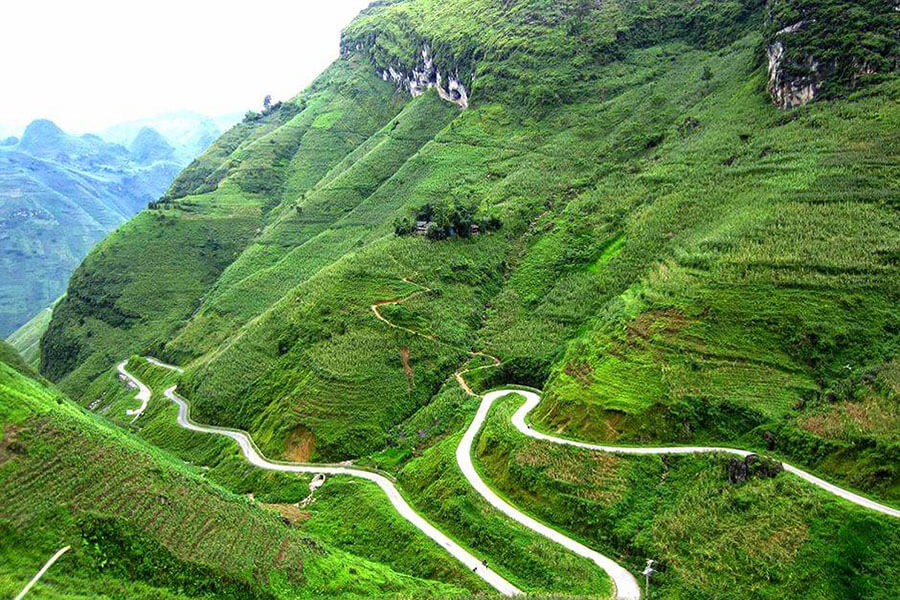
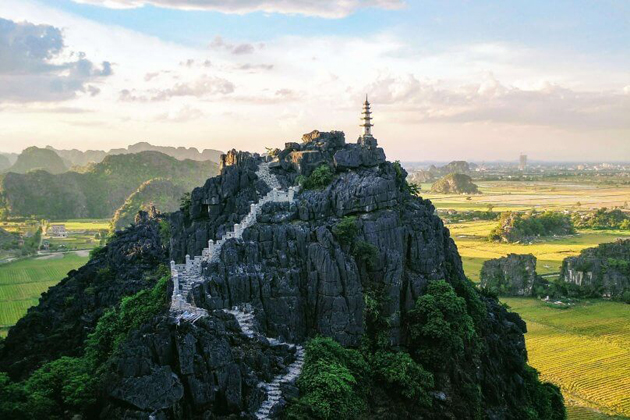
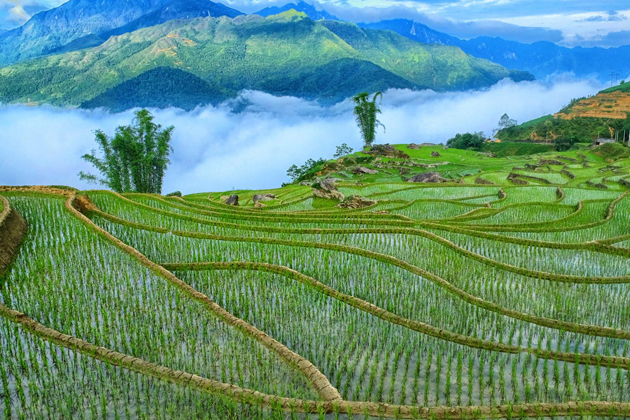
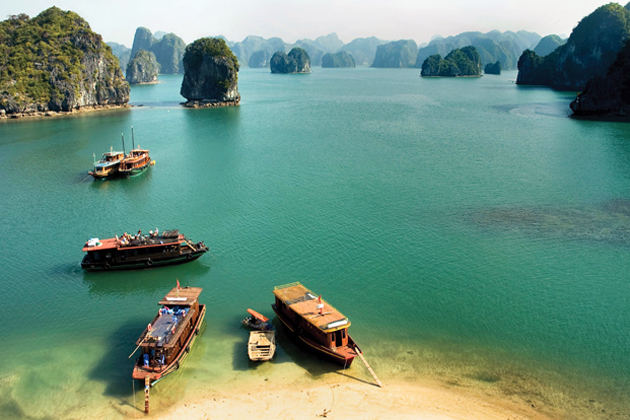
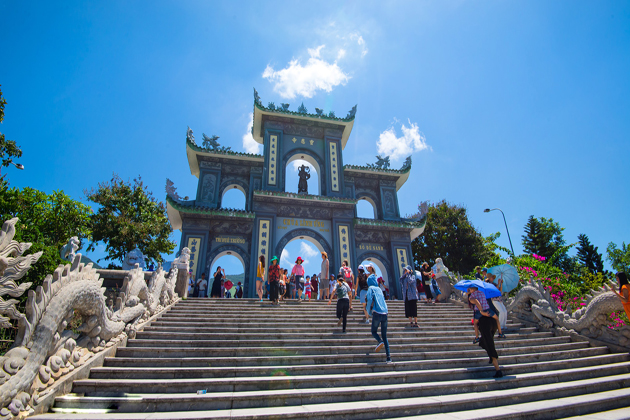
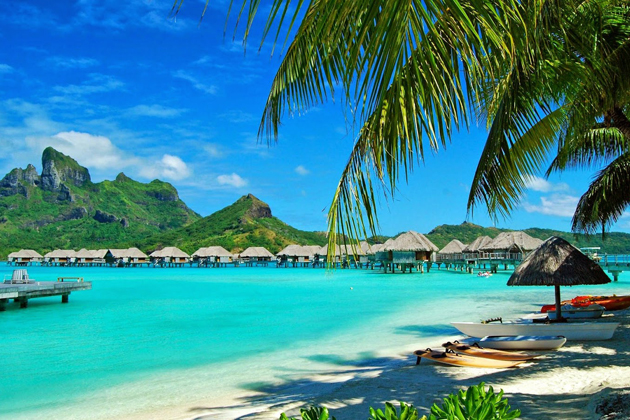
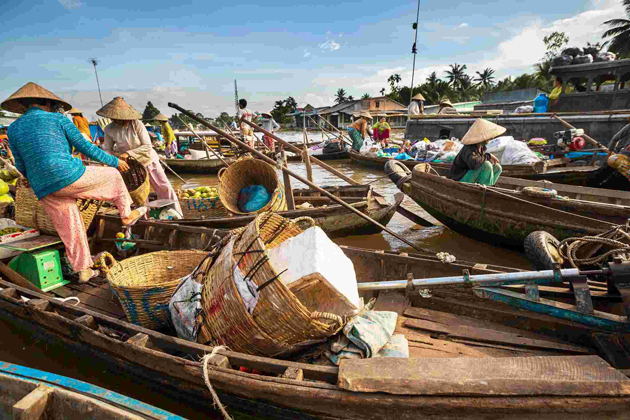


Coming across a gorgeous picture of Vietnam on the internet? Booking a tour and imagining in your head what’s an awesome vacation you are about to have? Then one of the first questions concerning your journey will instantly start popping in your mind: When should I go? What is the ideal time to travel to Vietnam so that I can see the landscape like in that picture?
With over 2000 miles of coastline, divided into three distinct weather pattern varying from North to South, from low-lying plains to high hills and mountains, Vietnam weather is changeable yet predictable. Seasons alter after seasons so the landscape is ever changing and in every time of the year, there is a traditional festival or holiday occurring somewhere.
From January to March
At the beginning of the year, North Vietnam is usually greeted with cool weather, light rain, and fresh air. The temperature in the flat plain ranges from 15 to 22 while in the higher area like Sapa, it can fall down to near 0 degrees. This is the only time can visitors in Sapa can behold the majestic wonder of snowfall in mountains and hills. The South is always much warmer than the North, with the temperature varies between 28 and 35.
This period is also the rising time for various festivals and holidays, including the largest festival in the year: Tet holiday or Lunar New Year Eve. As a Vietnamese saying goes: The first month is the month to relax. The aura of Tet holiday can dominate this whole country in almost two months, with the roads painted in the color of cherry-blossom and the air fragrant with Chung cake or other traditional food’s odor. Next, comes the festival of Huong Pagoda in which thousands of tourists traveling to the Huong Pagoda in Hanoi to pray the new year’s fortune.
On the 10th of March, there is a national holiday celebrated in memorial of the first Royal Ancestors of Vietnam – the Hung Kings. Hung Kings Anniversary Day or Hung Kings Temple Festival is held nation-while but the biggest one is taken place at Phu Tho, in the Hung Kings Temple Relic Site. In this day every year, hundreds of people gather on the Phu Tho Temple to pay their respect and worshiping to their ancestors.
From April to June
This is a rather unpredictable period with the season changes from spring to summer. The air is hotter, temperature rises and also does the humidity. In such time the people in North Vietnam can experience the direness of tropical storms. The South is hot and sunny in most days.
However, the halfway between spring and summer is the blooming seasons of myriad kinds of flower. White-snow ban flowers in the high hills of Tay Bac or scarlet "do quyen" flowers in Sapa are just two examples. June is also when the long summer vacation begins. Beaches in Nha Trang, Ha Long Bay or Sam Son, Cua Lo are at their peak of beauty: bright sunshine, calm sapphire water and unspoiled limestone islands waiting to be discovered. In this early of summer, the beach is still quiet and lack of visitors, so nature is for you alone to enjoy.
From June to September
For the sea and sun lovers, this is an ideal time to pack your things and go to coastal Vietnam. Famous sight-seeing like Halong Bay, Nha Trang, Phu Quoc is crowded with tourists, both domestic and international. The good thing is, when the number of tourist arises, hotel services, tours, available activities increase as well. Beaches in Vietnam may not be suitable for surfing, but they are the optimal choice for a romantic vacation with calm waves, luxurious cruises and diverse coral system below the sea.
However, if the sunny weather can be uncomfortable for you, then an escape in the mountainous area would deserve a consideration. Da Lat city is only hours travel from Nha Trang coastal city, and it has amazing cool weather in the mid of summer. In the North, we have Tam Dao, where you can indulge in the air of autumn in every time in the year.
From September to December
Winter does not come unexpectedly. It caresses the land by the autumn’s early cool wind and the hot air of summer slowly fades away. This is a golden time to visit the North of Vietnam. Hanoi – the capital of the country is covered by gentle morning mist. Historical buildings and ancient houses rest solemnly on one side of the tree-covered roads. As the temperature drops down further, people start putting on their warm clothes. You will not even feel like being in a tropical country anymore, the city looks like a peaceful town in England or France.
October is the blooming season of the lotus flower in Dong Thap (South Vietnam). Lotus is Vietnam’s national flower and nowhere it can appear as captivating as in Dong Thap, with pale pink or white skin and delight fragrant. Then between October and December is the season of Tam Giac Mach flower in Ha Giang. A vast sea of dreamy purple flowers dominate the whole hills of Ha Giang, so immense you will feel like the garden of purple is reaching to the horizon.
December is the coolest time of the year. The weather can be dire, but it is pale in comparison to the business of people anticipating the upcoming Tet holiday. A month before Tet, the local markets are already filled with traditional cuisine, such place as the Ancient Streets or Quoc Tu Giam is decorated with Nom scripts on red silk paper.